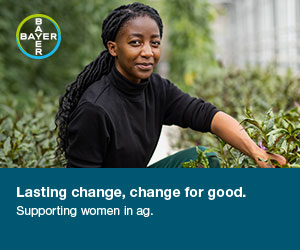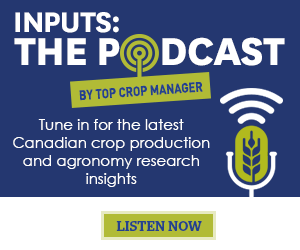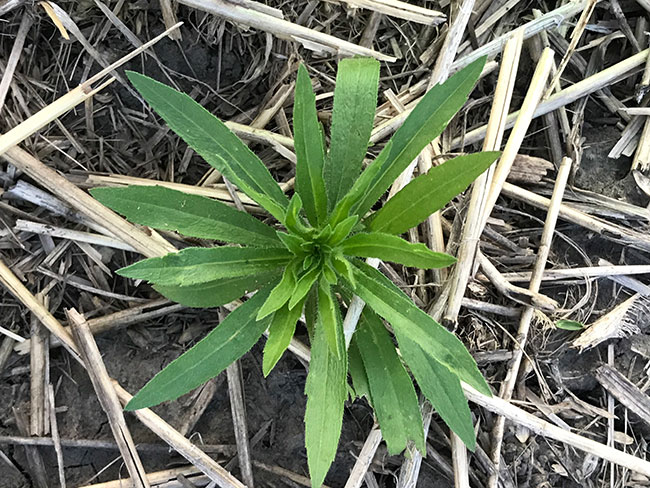| |
| |
 |
 |
| |
 |
|
@{mv_date_MMM d, yyyy}@ |
|
| |
 While lots of decisions are made once the snow is on the ground, some decisions need to be made this fall to ensure your farm continues to be as successful as you can make it.
» Read More...
While lots of decisions are made once the snow is on the ground, some decisions need to be made this fall to ensure your farm continues to be as successful as you can make it.
» Read More...
Funding will support the Port of Johnstown in purchasing and installing a new grain dryer with heat capture and air recycling features that will minimize fuel consumption.
» Read More...
Research will focus on improving sector profitability, increasing carbon sequestration, reducing nitrous oxide emissions and enhancing resilience to climate change and herbicide resistance.
» Read More...
|
| |
 |
 |
| |
|
| |

According to surveys conducted between 2015 and 2017, 48 to 99 per cent of lentil and pea fields in Saskatchewan had moderate to severe root rot; heavily infested fields in Saskatchewan and Alberta reported complete yield losses.
In January, USask professor Sabine Banniza received funding from Saskatchewan’s Agriculture Development Fund and the Saskatchewan Pulse Growers Association for a four-year project to develop a multi-parent advanced generation intercross (MAGIC) lentil population that aims to have resistance to two widespread root rots: Aphanomyces euteiches and Fusarium avenaceum.
In this episode, Banniza discusses the goals of the MAGIC lentil project, lentil breeding and resistance genes in general, and the particular challenges created by A. euteiches and F. avenaceum.
» Listen now |
| |
|
| |
 According to a 2017 Health Canada document on the re-evaluation of glyphosate, it’s the most widely used herbicide in Canada. Around the world, its use is on the increase, according to 2022 market reports. But this ubiquity has led to more and more resistance issues. Can agriculture learn to live without the “unicorn” product? Does it have to?
» Read more...
According to a 2017 Health Canada document on the re-evaluation of glyphosate, it’s the most widely used herbicide in Canada. Around the world, its use is on the increase, according to 2022 market reports. But this ubiquity has led to more and more resistance issues. Can agriculture learn to live without the “unicorn” product? Does it have to?
» Read more... |
| |
 Widely recognized as a leader and innovator in regenerative soil management, AAFC's Judith Nyiraneza has led and co-led a number of national projects, including the Living Laboratories Atlantic Canada project. She discusses how her young life in Rwanda developed her appreciation for agriculture and aptitude for science, which led to her academic career.
» Read more...
Widely recognized as a leader and innovator in regenerative soil management, AAFC's Judith Nyiraneza has led and co-led a number of national projects, including the Living Laboratories Atlantic Canada project. She discusses how her young life in Rwanda developed her appreciation for agriculture and aptitude for science, which led to her academic career.
» Read more... |
| |
| |
|
| |

|
| |
| |









